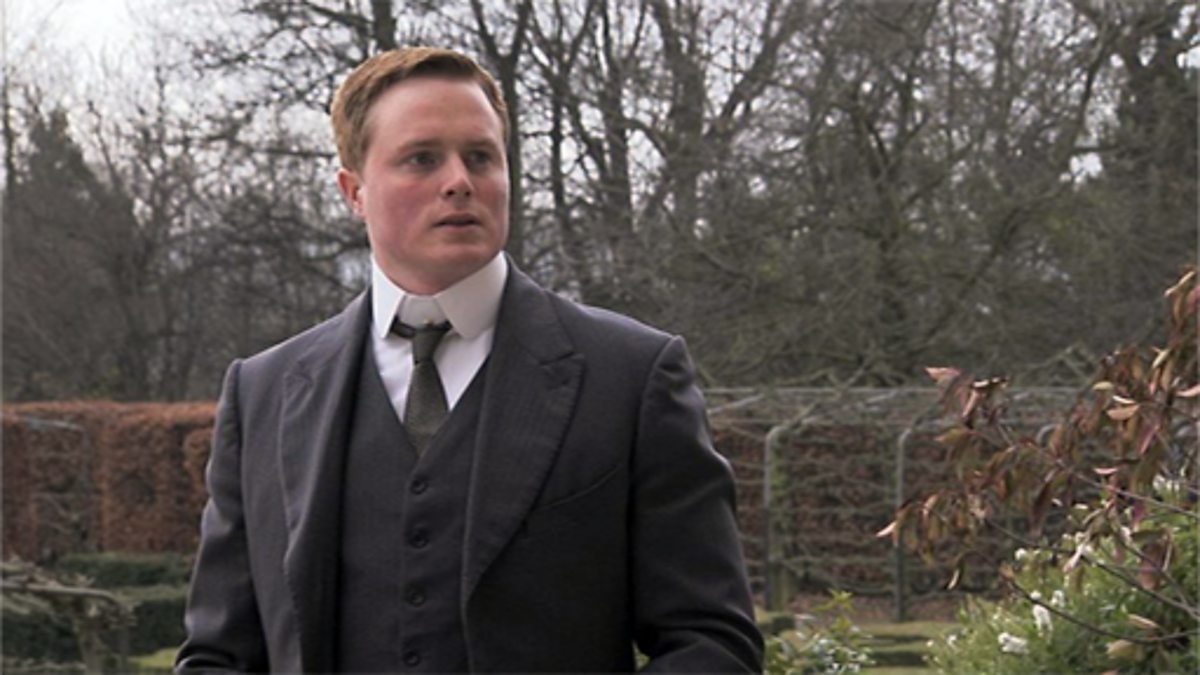
Line 3: The alliteration at the end of the line-"rifles' rapid rattle"-is another way of grabbing our attention and building the intensity.If something's repeated it's supposed to be important, right? Plus, that momentum and the repetition of "only" add to the tension and horror of the battlefield, where there's nothing but shells and dying men. Line 3: The anaphora at the beginning of this sentence (starting with "Only the," just like the line before) helps build momentum, since when we hit the phrase a second time we pay a little more attention.It's interesting to note that while the soldiers are being dehumanized, the instruments of war are actually, in a strange and terrifying way, becoming more human. Line 2: Attributing anger, a very human emotion, to the guns, which are mere machines – is the first instance of personification in a poem that uses an awful lot of personification.They're headed off to slaughter, no questions asked. Line 1: Using a simile to compare the battlefield deaths of soldiers to the slaughter of cattle conveys both the inhumanity of these soldiers' deaths, and also that they just might be dying without really understanding why.

In our speaker's eyes, the rituals of mourning the fallen become mockeries, because they ring so hollow in the face of war's true horrors.

Things in a world at war are not as they seem. Owen is all about exploring how war can twist the way we see the world men become cattle, artillery shells become choirs, and tears become candles. In "Anthem for Doomed Youth," war is not what we might expect.


 0 kommentar(er)
0 kommentar(er)
